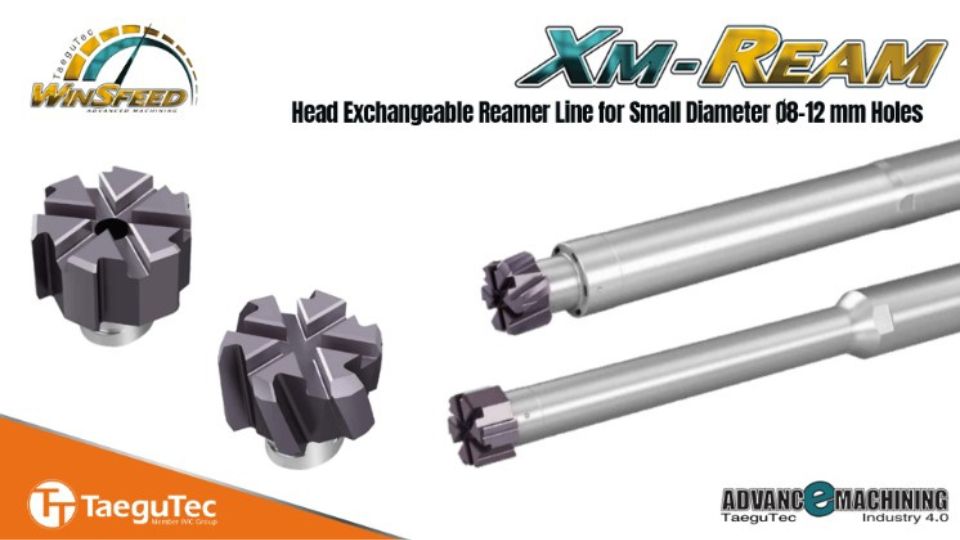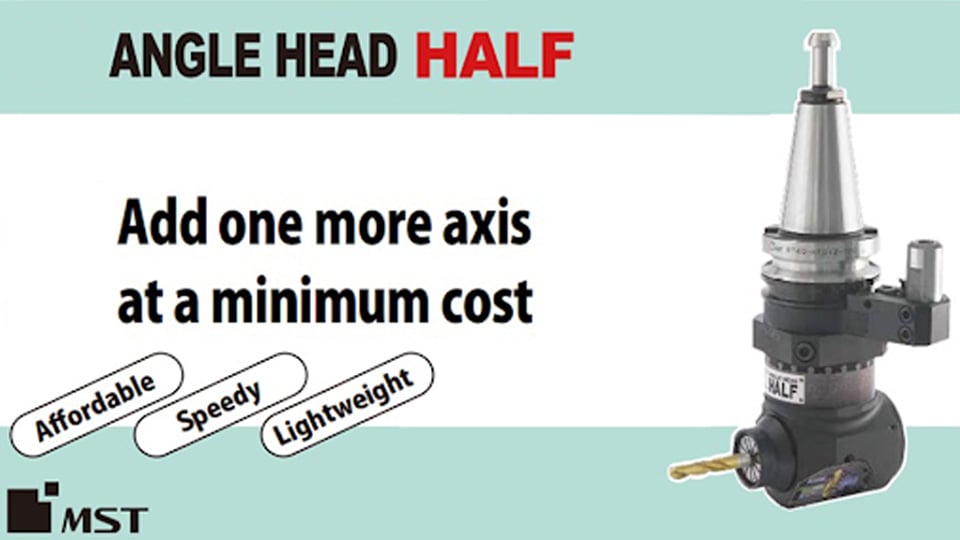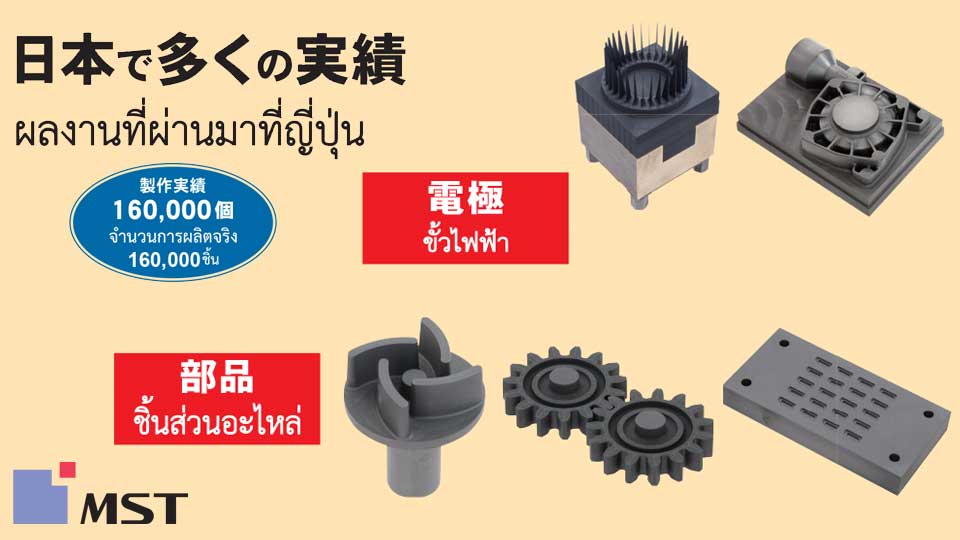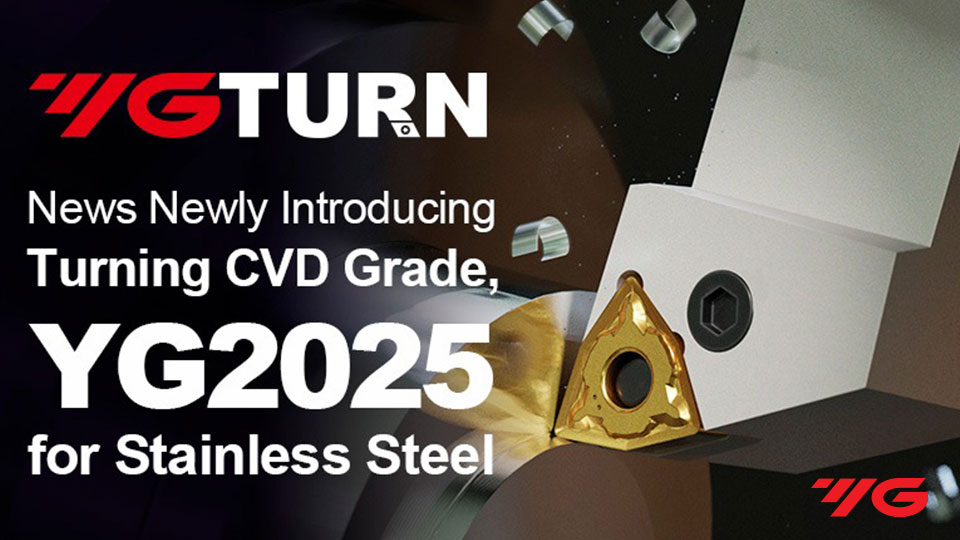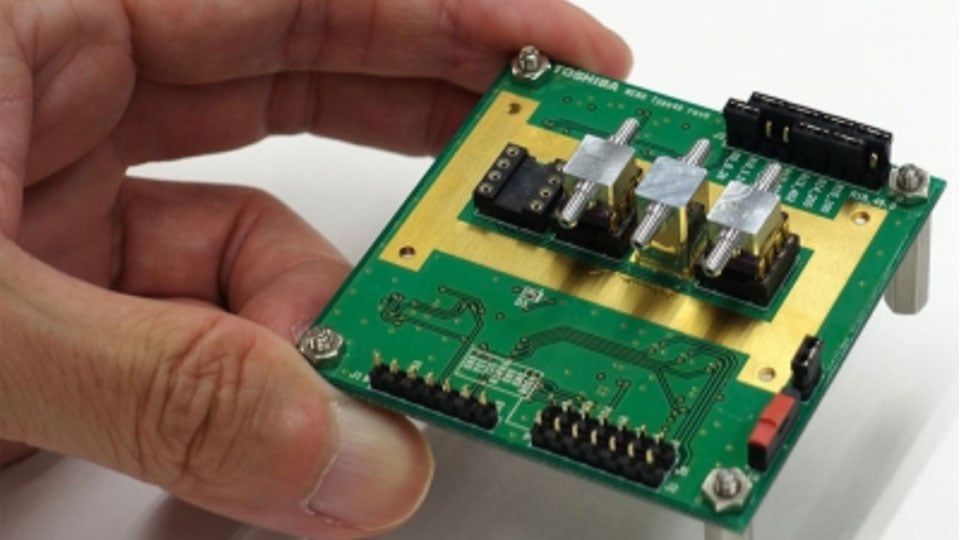
Toshiba Develops Ultra-Compact Sensor Enables Real-Time Mixed Gas Concentration Measurement
In a significant advancement, Toshiba has unveiled a cutting-edge technology that revolutionizes the way we measure mixed gas concentrations. This innovation offers immediate, real-time measurement of three or more types of gases, a feat previously unattainable with conventional methods.
Japan, 19 July 2023, Toshiba has successfully developed an ultra-compact thermal conduction gas sensor integrated onto a tiny chip. Leveraging its proprietary micro-electro-mechanical system (MEMS) technology, the company managed to reduce the size to less than 1/200 of conventional equipment while achieving measurement speeds over 150 times faster. Toshiba is set to continue its forward momentum with further testing, aiming for practical implementation by 2026.
The technology not only shrinks the sensor's size to a mere fraction of its predecessors but also drastically reduces measurement time. This breakthrough has far-reaching implications, from enhancing greenhouse gas (GHG) emission measurement accuracy to improving the efficiency of CO2 resource recycling technologies.
The Miniaturized Wonder: Toshiba's MEMS-based Gas Sensor
At the heart of this sensor lies a micro-heater that selectively heats a membrane, responding to gas thermal conductivity changes caused by varying heat adsorption. Notably, unlike traditional gas sensors that employ gas reaction membranes, Toshiba's design boasts resistance to highly toxic gases, making it an invaluable tool for hazardous environments.
One of the most groundbreaking aspects of this technology is its adaptability. By employing distinct reference gases and thermal conductive elements, Toshiba's sensor can measure virtually any type of gas. This adaptability overcomes the limitations of conventional thermal conductivity sensors, which could only measure two types of gases at best.
Until now, Gas Chromatographs, which analyze gases a separation column, have generally been used to measure gas concentration in mixed gases. However, it was difficult in real time because the measurement takes time.
Unlocking the Potential: Measuring Three or More Mixed Gases
The pivotal breakthrough lies in Toshiba's novel approach to measuring mixed gas concentrations. Unlike the previous constraints of only measuring two types of gases, the new sensor employs two elements with varying sensitivities. By monitoring the temperature changes resulting from these sensitivities, Toshiba's algorithm calculates the concentrations of three or more gases.
Hiroaki Yamazaki, an expert at Toshiba's Advanced Device Research Laboratories, explains that this innovation allows the sensor to simultaneously measure multiple gas concentrations in real-time.
In practical experiments, the technology's prowess is evident. The sensor rapidly and accurately measured the concentrations of carbon dioxide (CO2), hydrogen, and carbon in just 1.7 seconds, a process that previously consumed 5 minutes. This unprecedented speed and accuracy have marked a significant milestone, as it is the world's first instance of real-time measurement of three or more gases in an actual environment.
Broad Applications and Implications
The implications of Toshiba's innovation span across various industries and environmental initiatives. With companies mandated to disclose their "Carbon Footprint," accurately measuring GHG emissions throughout the lifecycle of products and services is imperative. Toshiba's sensor offers a high-quality solution, contributing to the acquisition of reliable emissions data. Moreover, its potential for enhancing CO2 resource recycling technologies, like the production of carbon from CO2, offers a promising avenue for sustainable advancements.
Beyond emission measurement, the sensor's adaptability holds promise for other critical applications. Detection of hydrogen leaks and monitoring indoor air quality can be significantly improved. The technology's future holds exciting prospects as Toshiba fine-tunes its structure and algorithm, inching closer to practical applications that can reshape environmental monitoring and resource management.
Conclusion
Toshiba's groundbreaking ultra-compact thermal conductivity sensor has shattered previous limitations in gas concentration measurement. With its ability to measure three or more gases in real time, this innovation holds the potential to transform various industries and environmental initiatives. From accurate emission measurements to improved resource recycling technologies and enhanced safety measures, Toshiba's sensor paves the way for a more sustainable and efficient future. As the technology evolves, its impact is poised to be felt far and wide, making it a beacon of progress in the realm of gas sensing and environmental stewardship.


